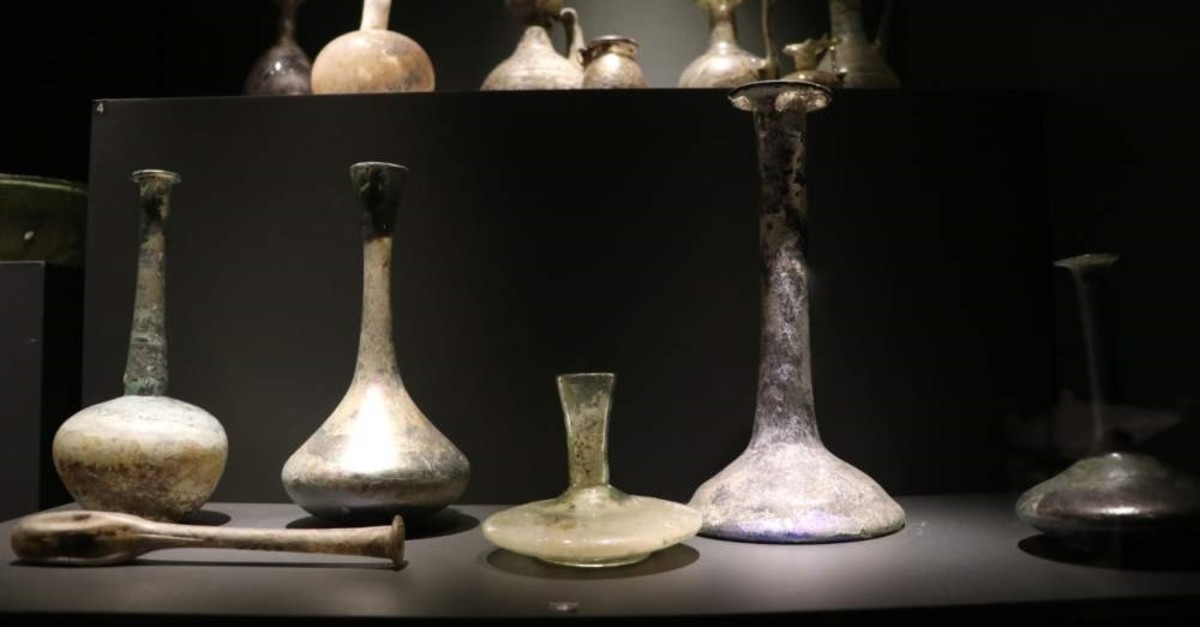
Have you ever wondered what the perfect expression of love is? The ideal way to encapsulate all those feelings into a tangible item? That’s exactly what the historic tradition of lachrymatory aims to do.
Lachrymatory is the three thousand year old practice of collecting tears into a small vial or bottle. While this may at first seem like a bizarre practice, it actually has a deep meaning behind it. Lachrymatory, also known as “tear catching”, is actually a moving way of remembering a wife, husband, son, daughter, parent, grandparent or anyone else who has passed away. By capturing our tears into a “tear catcher”, we are remembering all the wonderful times we shared with that person.
The origins of this tradition are unknown, but historians have dated the practice back over three thousand years. The first recorded instances of tear catching are in ancient Rome. During this time, it was a common practice to capture tears into porcelain vials for burials. The more tears that were contained in a vial, the deeper the love being expressed for the person being buried.
Like many aspects of Roman history, this practice has been debated by historians, with some suggesting that tear catching was actually started earlier by the ancient Greeks. There is also some evidence among archeological findings that Egyptians used to practice lachrymatory even earlier, although the evidence for this is questionable.
What is known is that about two thousand years ago in the Middle East, craftsmen would create small vials to contain tears and sell them at markets to mourning relatives. Just how widespread this was is unknown, and historical records are rare.
Lachrymatory in practice has survived all those years and you can still buy them today from manufacturers in the US and other countries. Traditionally, tear catching was used exclusively for mourning a loss, but in the 19th Century in the United Kingdom tear vials made of colored glass were also being used as celebratory items. Today, they are popular for an even larger variety of occasions, instead of just mourning as they were used in ancient times. Tear vials for birthdays, cancer recoveries and even weddings are common today.
Much about the history of lachrymatory remains unknown because of the lack of recorded evidence about earlier historical periods. This leaves historians to try to use their knowledge of these ancient cultures to make educated guesses about what practices were actually used during those times.
In the modern economy of the developed world, many people look for unique and interesting gifts to really stand out from the crowd and give the people they love something special, and lachrymatory certainly fits the bill for that. During the 1990s when there was a revival of interest in alternative cultural traditions, tear vials became popular at “New Age” fairs and markets, but since the Internet went mainstream their popularity has expanded beyond that. They’ve even been used in Baptist churches and Buddhist monasteries despite the tradition not being associated with the history of either religion.
If you’re looking for a meaningful way to remember a loved one or to celebrate a special occasion, tear vials are a popular and individualized way of doing just that.







